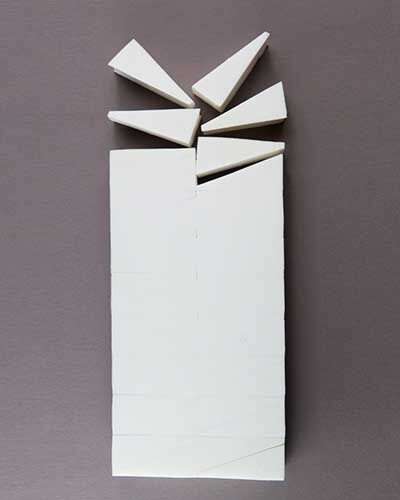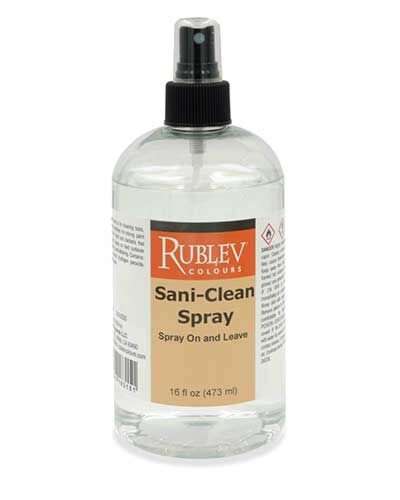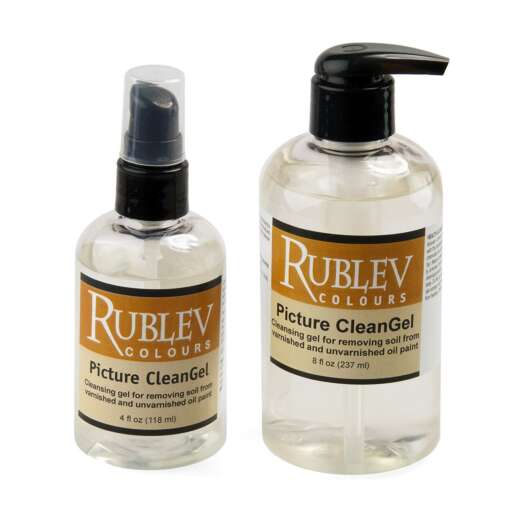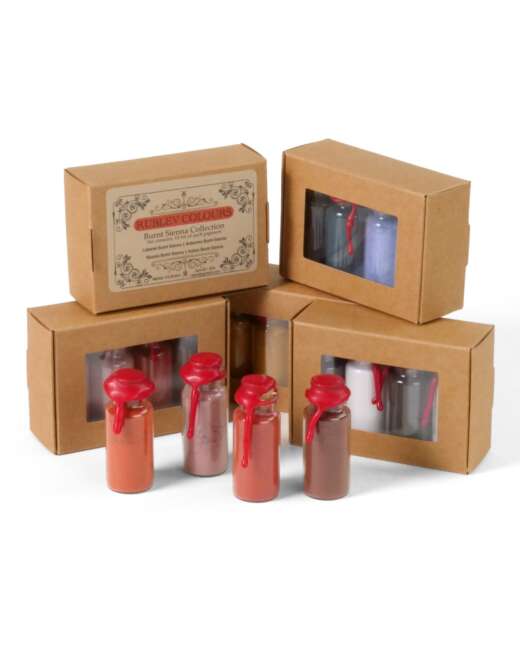Cleaning Paintings: Dry Cleaning

After dealing with loose dirt, surface dirt (which is more difficult to remove) can be successfully removed using dry cleaning materials. Dry surface cleaning is an alternative method occasionally practiced by painting conservators, employing an extensive range of materials like sponges, erasers, malleable materials, and microfiber cloths. However, since there is a concern about their potentially damaging effects on surfaces, conservators have not yet fully adopted these materials. Only a few studies have focused on using dry cleaning materials in painting conservation (Wehlte, 1971; Schorbach, 2009).
Dry cleaning by rubbing the surface causes friction and may cause abrasion, flattening, or polishing of the surface, depending on the specific mechanical properties of the paint. This is avoided by using malleable materials, which exhibit a different mechanical behavior but carry the risk of leaving residue on the surface.
Dry Cleaning Materials
The materials tested for dry cleaning of unvarnished paint surfaces, microfiber cloth, Akapad white sponges, polyurethane-based makeup sponges, and Sofft tools were among the most efficient and safe materials on different paint surfaces. Groom/Stick was problematic, especially for underbound, matte paints, leaving resilient hardening residues. Polyvinyl chloride erasers left plasticizer residues with the potential for softening the paint layer with aging. The usefulness of materials such as polyurethane makeup sponges may be compromised if the manufacturer changes their chemical composition.
The following materials can be used to clean paint surfaces of all kinds: (1) polyurethane ether-based makeup sponges (rinsed with deionized or distilled water), (2) microfiber cloths, (3) Akapad White sponges, (4) soot or dry cleaning sponges (for semi-gloss to gloss paint surfaces only) (Daudin-Schotte 2010), and (5) Sofft sponges made by Colorfin (van Keulen 2012).
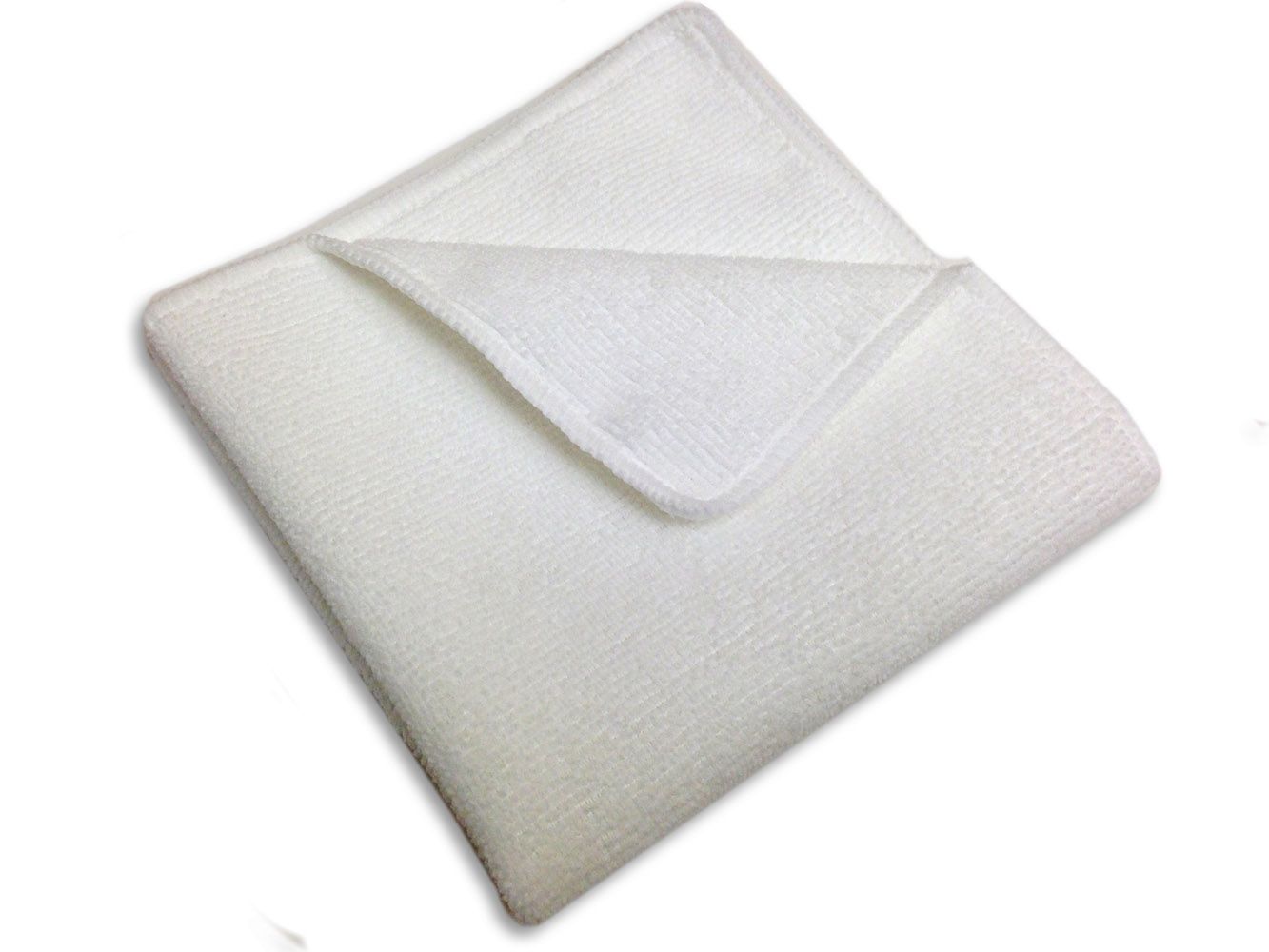
Microfiber Cloths
Microfiber cloth can also be used to remove dust from paintings, but care should be taken to avoid catching edges or raised areas of the painting. Chemically treated or impregnated dusting cloths (e.g., tack cloths) should be avoided as they could leave a residue on the paint surface.
Makeup Sponges
Of all the cleaning materials tested, makeup sponges proved efficient and among the safest materials to use. The fine structure and softness of these sponges, primarily produced for skin cosmetic application, enhance their use for dirt removal from delicate surfaces.
A disadvantage, however, is that the composition of makeup sponges cannot be guaranteed because of potential changes to their manufacturing. The polyurethane ether-based HD sponge from Make-up For Ever only contains Tinuvin, a UV light stabilizer, as an additive and is one of many makeup sponges tested that does not contain other potentially harmful ingredients. To remove possible additives, all makeup sponges should be rinsed for 15 minutes in deionized water and dried well before use (e.g., by pressing them between tissue paper). Although organic additives will not dissolve in water, any soluble ones could be removed from the sponge and absorbed by the tissue paper. (Daudin-Schotte 2010)
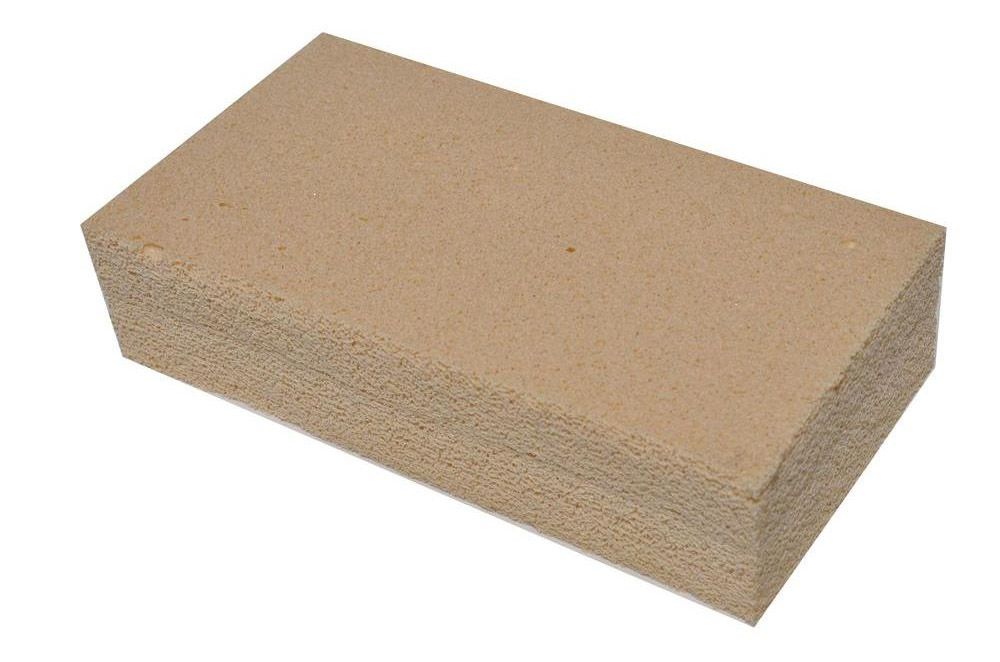
Dry Cleaning Sponges
A study shows that dry-cleaning sponges consist of natural rubber and a small amount of aliphatic hydrocarbons. The aliphatic hydrocarbon material may be retained on some paint surfaces when using these sponges to remove surface deposits. Results from this study showed that with increasing duration and pressure on the sponge, there was an increase in the residue of the material. The rougher, more absorbent surfaces seemed to leave more residue than the smoother surfaces. (Digney-Peer 2010)
Although aliphatic hydrocarbons are essentially unreactive, their presence as residues could potentially change the chemical properties of a surface. To avoid excessive residue from the sponge, it is essential to exert the slightest pressure during cleaning.
Inappropriate Dry Cleaning Materials
Sticky materials (e.g., Groom/Stick) work by lifting rather than rubbing dirt away. These may be effective in specific circumstances, e.g., to lift particles off the paper that may smudge with rubbing or brushing. (Daudin-Schotte 2010; van Keulen 2012)
Erasers and erasing compounds effectively remove dust on paper and other surfaces but can easily damage paint films. To be effective, erasers should be chemically inert, not too abrasive, and leave particles large enough that they can be easily removed from paint surfaces. Some products are available in art supply stores. Still, studies have shown that most commercial erasers are excessively abrasive for paint, and their composition changes over time due to changes in manufacturing, making them unreliable to clean paint.
Two vinyl erasers (Staedtler Mars Plastic and Eberhard Faber Magic Rub) were analyzed by the Canadian Conservation Institute and found to be composed primarily of polyvinyl chloride, phthalate plasticizers, and calcium carbonate. (Cowan 2001) However, as noted, erasers containing plasticizers may leave residues that would harm paint films. (Daudin-Schotte 2010; van Keulen 2012)
A lint roller or remover consists of a roll of one-sided adhesive paper on a cardboard or plastic barrel. The adhesive deposits a residue on paint surfaces, making this unsuitable for cleaning paint surfaces.
A tack cloth is a wiping cloth treated with an adhesive material. The tacky component is typically a resinous material, often a petroleum derivative. The resin may be solvent-based, water-based, or (more commonly in North America) a hot melt. The tacky substance deposits on paint surfaces and can potentially be damaging.
Dry Cleaning Procedure
Removing dirt from a varnished or unvarnished paint surface may be challenging, especially when the deposit is patchy and resilient or in cases where fragile unvarnished, underbound paint surfaces are sensitive to aqueous solvents. In these cases, dry cleaning methods may be necessary when the dirt can impregnate the paint surface irreversibly.
Use a dry rubber sponge in short strokes across the surface or by dabbing onto the paint film, but only if the surface isn’t damaged or flaky. The sponge should pick up every last bit of dirt and dust, but it likely won’t work on soft paint films.
When the surface has been cleaned, use a soft brush to remove the residue from the sponge; brush in one direction only, from the center out. Do not use a hand or a vacuum cleaner to remove particles or pick the object up to shake particles free. Several brushings may be necessary to remove all visible traces of the particles. As some of the substances in these cleaning products may be potentially harmful to paint, the need to thoroughly remove residual particles cannot be overemphasized.
Follow these additional precautions:
Brush the surface thoroughly after using sponges (at least three times) to remove particulate residues.
For all sponges, use them only in precut small pieces to reduce the amount of particles and residue.
Rinse small pieces of makeup sponges for 15 minutes in deionized or distilled water and dry well before use (e.g., press them between sheets of paper).
Next: Aqueous Cleaning
References
Daudin-Schotte, Maude, Madeleine Bisschoff, Ineke Joosten, Henk van Keulen and Klaas Jan van den Berg (2010) “Dry Cleaning Approaches for Unvarnished Paint Surfaces.” New Insights into the Cleaning of Paintings: Proceedings from the Cleaning 2010 International Conference Universidad Politécnica de Valencia and Museum Conservation Institute.
Digney-Peer, Shawn and Julie Arslanoglu (2010) “Extended Abstract—Residues on Unvarnished Surfaces after Absorene Sponge Dry Cleaning.” New Insights into the Cleaning of Paintings: Proceedings from the Cleaning 2010 International Conference Universidad Politécnica de Valencia and Museum Conservation Institute.
Estabrook, Elizabeth (1989) “Considerations of the Effect of Erasers on Cotton Fabric.” JAIC 1989, Volume 28, Number 2, Article 3, pp. 79–96.
Moffat, Elizabeth and Marilyn Laver (1981) “Erasers and Related Dry Cleaning Materials.” (Unpublished) Canadian Conservation Institute Analytical Report, ARS No. 1738, File No. 7034-20-3, October 20, 1981.
Schorbach, S. (2009) “Reinigungsschwämme in der Restaurierung—Vergleichende Untersuchung zu Material, Wirkung und Rückständen”. [Cleaning Sponges in Restoration—A Comparative Study with Regards to Material, Effectiveness and Conditions.] Zeitschrift für Kunsttechnologie und Konservierung, 23(1), pp. 41–54.
Wehlte, Kurt (1971) “Trockenreiniger für Tafelgemälde und Wandmalerein”. [A Dry Cleaning Material for Panel and Wall Paintings.] Maltechnik, 77: pp. 10–13.
Cowan, Janet and Sherry Guild (2001) “Dry Methods for Surface Cleaning Paper.” CCI Technical Bulletin No. 11, p. 3.
Van Keulen, Henk; Suzan de Groot; Marjolein Groot Wassink; Ineke Joosten; Maude Daudin (2012) “Dry cleaning products analysed and tested at the Cultural Heritage Agency of the Netherlands (RCE),” Amsterdam, October 2009–December 2012.
Van den Berg, Klaas Jan; Maude Daudin; Ineke Joosten; Bill Wei; Rachel Morrison; Aviva Burnstock (2008) “A Comparison of Light Microscopy Techniques with Scanning Electron Microscopy for Imaging the Surface Cleaning of Paintings.” Papers presented at Ninth International Conference on NDT of Art, Jerusalem, Israel, May 25–30, 2008.



